
A New Cold War? How Do We Navigate This Age of Confusion?
Introduction
In the contemporary geopolitical landscape, marked by a plethora of crises and power shifts, there is increasing speculation about whether we are entering a new Cold War. The term “Cold War” itself evokes memories of a time characterized by intense rivalry, ideological battles, and the looming threat of nuclear conflict between the United States and the Soviet Union. Today, the dynamics have evolved, and the key players have changed, but the underlying tensions remain. This report explores the concept of a new Cold War, the factors contributing to this perception, and how we might navigate this age of confusion.
Historical Context
The Original Cold War
The Cold War (1947-1991) was a period of geopolitical tension between the Soviet Union and the United States, along with their respective allies. It was characterized by ideological conflict, military buildups, espionage, and proxy wars. The world was divided into two blocs: the Western bloc, led by the United States, and the Eastern bloc, led by the Soviet Union. This period saw the proliferation of nuclear weapons and the constant threat of global annihilation.
Contemporary Geopolitical Landscape
Today, the global landscape is more complex and multipolar. The United States and China are often seen as the two main superpowers, with Russia, India, and other countries also playing significant roles. Unlike the binary divisions of the past, contemporary international relations are marked by fluid alliances and economic interdependencies. The term “planetary polycrisis,” as used by Timothy Garton Ash, aptly describes this multifaceted and interconnected global scenario (Ash).
Are We in a New Cold War?
Perspectives and Analysis
United States vs. China
The relationship between the United States and China is often described as the most consequential in the world today. As noted by U.S. Secretary of State Antony Blinken, this relationship has profound implications for global stability (“Opinion: A New Cold War?”). The economic, technological, and military rivalries between the two nations bear some resemblance to the U.S.-Soviet Cold War, but there are significant differences. Unlike the Soviet Union, China is deeply integrated into the global economy, making outright confrontation less likely but economic competition more pronounced.
Russia’s Role
Russia’s actions, particularly its invasion of Ukraine, have heightened tensions and drawn comparisons to Cold War-era proxy conflicts (Vox). The West’s response, including economic sanctions and military support for Ukraine, mirrors the containment strategies of the past. However, Russia’s current alliances are more flexible and less ideologically driven than those of the Soviet Union.
Polycrisis and Non-Aligned Movements
The term “polycrisis” underscores the interconnected nature of contemporary global challenges, including climate change, pandemics, and economic instability (Ash). In this context, some nations are described as the “new non-aligned,” a nod to the Cold War-era Non-Aligned Movement. However, today’s non-aligned countries are more powerful and economically influential than their Cold War predecessors (“A new cold war?”).
Navigating the Age of Confusion
Lessons from the Past
Looking to the past can provide valuable insights. The original Cold War was marked by clear ideological divisions, but also by periods of détente and cooperation. Understanding the successes and failures of past diplomacy can inform current strategies.
Emphasizing Diplomacy and Multilateralism
In an age of polycrisis, multilateral approaches and international cooperation are crucial. Strengthening institutions like the United Nations and fostering dialogue between rival powers can help manage tensions and prevent conflicts.
Economic Interdependence
The global economy is more interconnected than ever. Leveraging economic interdependence as a tool for peace rather than conflict can be a key strategy. Policies that promote fair trade, economic development, and technological cooperation can mitigate competitive tensions.
Conclusion
While the term “new Cold War” captures some aspects of current geopolitical tensions, it is an imperfect analogy. Today’s world is more complex, interconnected, and multipolar than the binary divisions of the past. Navigating this age of confusion requires a nuanced understanding of historical lessons, a commitment to diplomacy, and a recognition of the interconnected nature of contemporary challenges. By fostering cooperation and emphasizing multilateral approaches, we can hope to manage and mitigate the tensions of this new era.
Works Cited
Ash, Timothy Garton. The Guardian, A new cold war? World war three? How do we navigate this age of confusion?. The Guardian, 2024.
“Opinion: A New Cold War? World War Three? How Do We Navigate This Age.” Kyiv Post, A New Cold War? World War Three? How Do We Navigate This Age.
“Are we in a new Cold War?” Vox, Are we in a new Cold War?.
“A new cold war? World war three? How do we navigate this age of confusion?” PressReader, How do we navigate this age of confusion?.
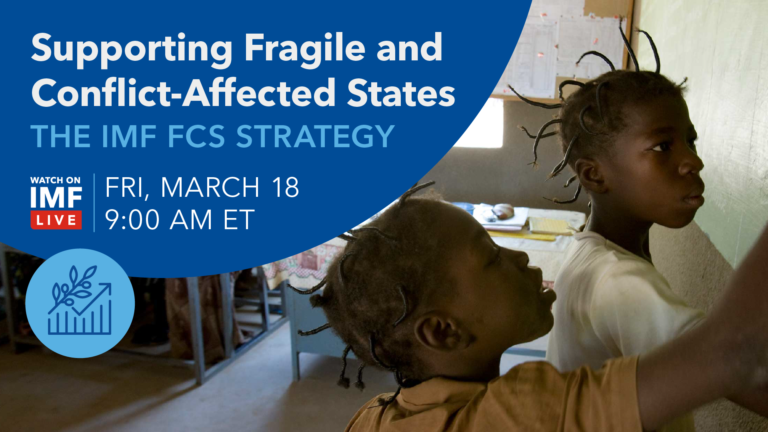


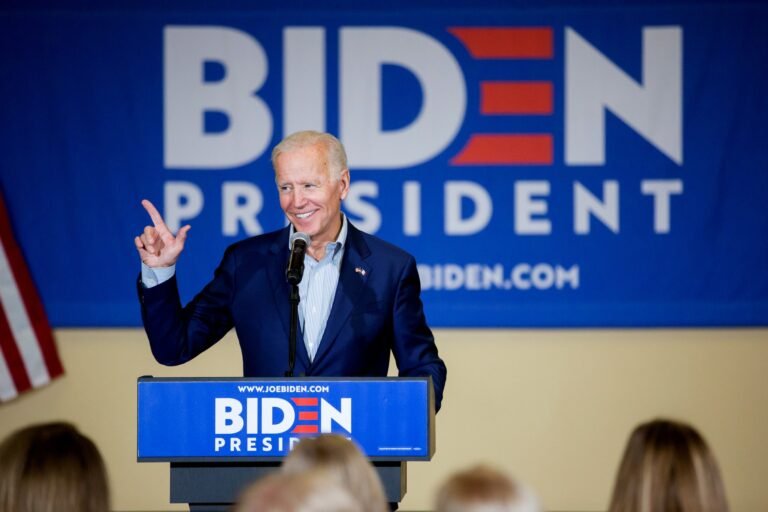
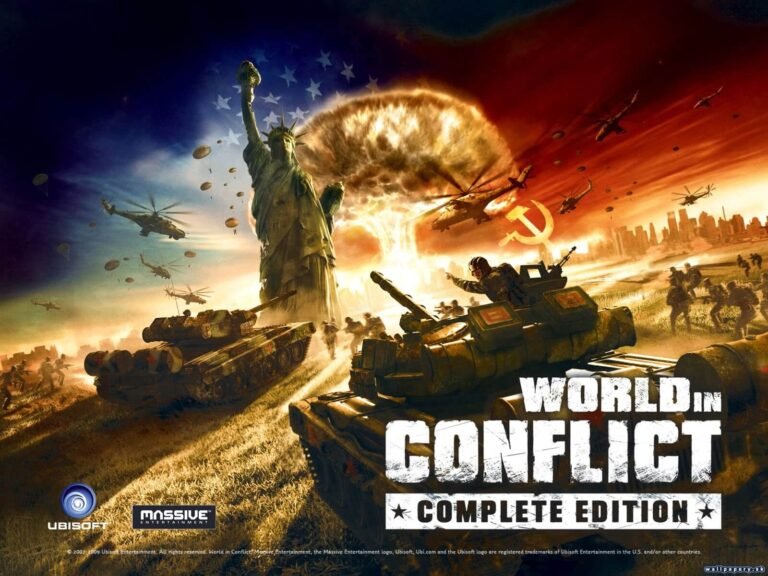
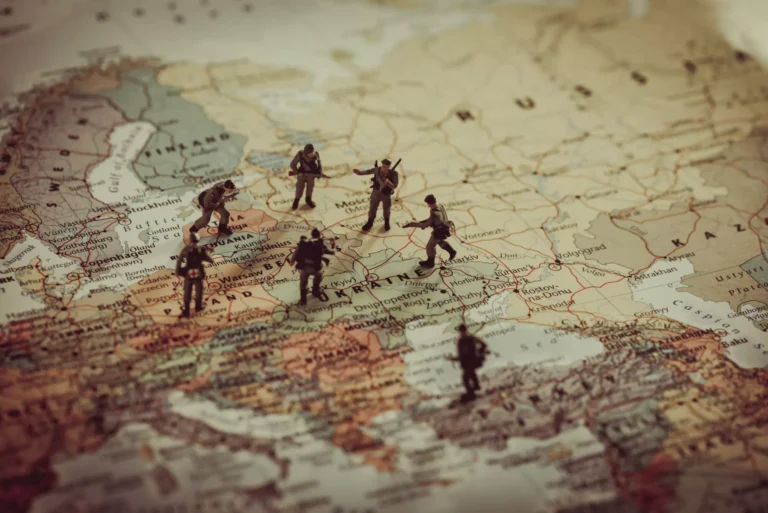





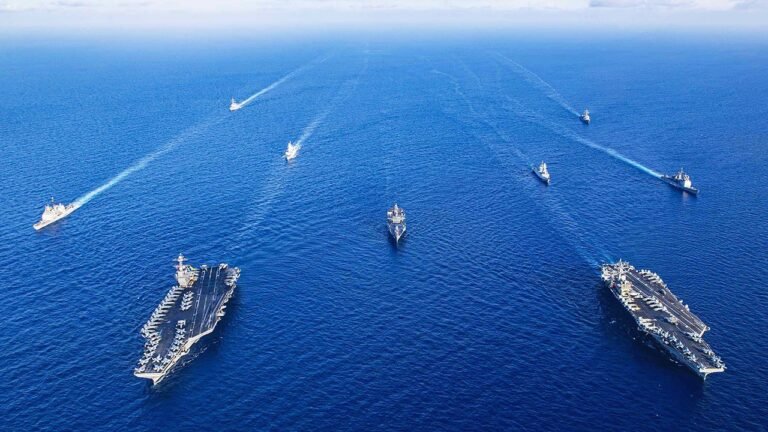

+ There are no comments
Add yours